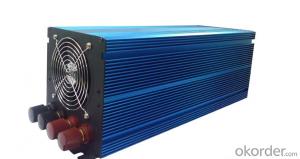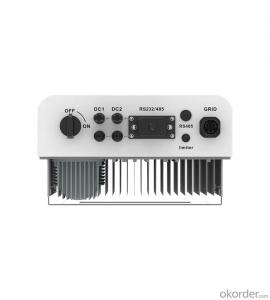Motech Solar Inverter
Motech Solar Inverter Related Searches
Suntech Solar Inverter Microtek Solar Inverter Eltek Solar Inverter Solar Tech Inverter Inverter Solar Voltronic Solar Inverter Mecer Solar Inverter Solar Solar Inverter Microtek Mppt Solar Inverter Enertech Solar Hybrid Inverter Sun Solar Inverter Socomec Solar Inverter Solar Energy Inverter Solar Rooftop Inverter Inverter Solar Cell Micro Inverter Solar Micro Solar Inverter Solar Electric Inverter Power Solar Inverter Smart Inverter Solar Inverex Solar Inverter Mac Solar Inverter Solar Photovoltaic Inverter Solar Battery Inverter Powermax Solar Inverter Inverter Solar Battery Solar Smart Inverter Inverter Battery Solar Inverter Power Solar Solar Module InverterMotech Solar Inverter Supplier & Manufacturer from China
Motech Solar Inverter is a high-quality product designed for efficient solar energy conversion. These inverters are engineered to optimize the performance of solar power systems, ensuring a reliable and stable supply of electricity. They are equipped with advanced features that enhance their functionality and adaptability to various solar panel configurations.The Motech Solar Inverter is widely used in residential, commercial, and industrial settings where solar energy is harnessed to power electrical systems. These applications include powering homes, businesses, and even large-scale solar farms. The inverters are designed to handle different levels of solar energy input, making them suitable for a variety of solar panel installations. They are also known for their user-friendly interface and easy integration with existing electrical systems, which simplifies the process of transitioning to solar power.
Okorder.com is a leading wholesale supplier of Motech Solar Inverters, boasting a vast inventory to cater to the growing demand for solar energy solutions. As a reputable supplier, Okorder.com ensures that customers have access to a comprehensive range of Motech Solar Inverter products, all of which meet the highest industry standards. By offering a wide selection of inverters, Okorder.com enables customers to find the perfect fit for their specific solar energy needs, whether for small-scale residential projects or large-scale commercial installations.
Hot Products
















































